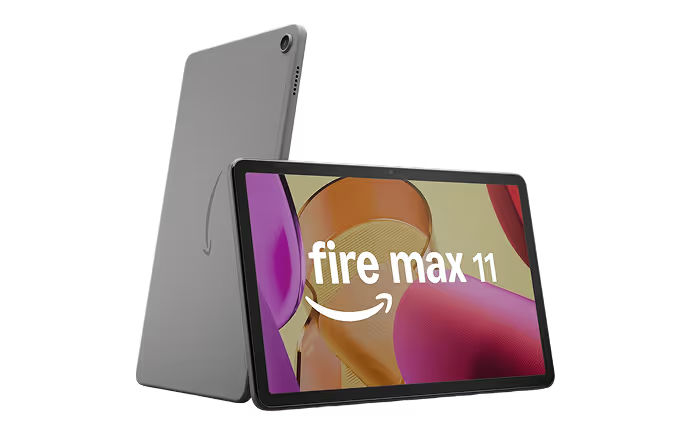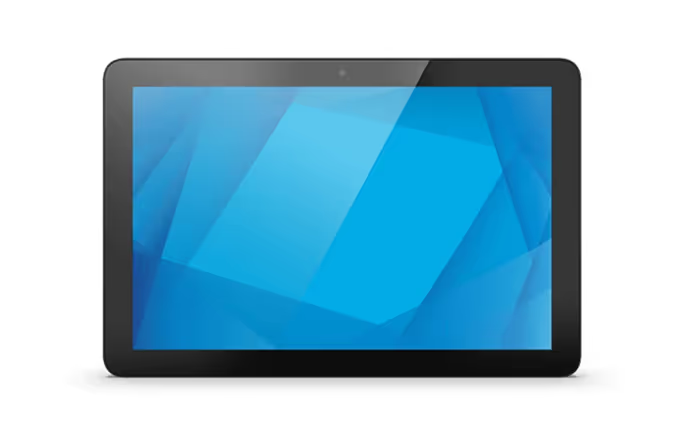Digital signage displays
Smart TVs and commercial displays tested for seamless playback with Look digital signage
Or
Plug Look HDMI Player
Do you have a display running on an unsupported operating system — or no OS at all? Turn it into a digital sign with Plug & Play Look Player

Install FREE Look App
Transform any TV or device with supported OS to Digital Signage by installing Look Free application












.avif)
.avif)























